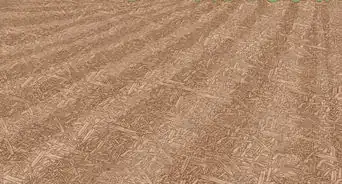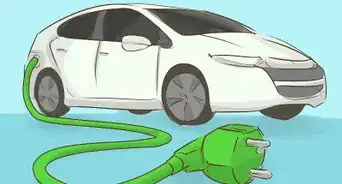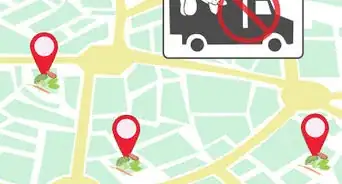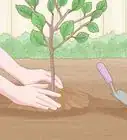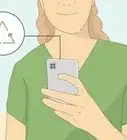This article was co-authored by Bess Ruff, MA. Bess Ruff is a Geography PhD student at Florida State University. She received her MA in Environmental Science and Management from the University of California, Santa Barbara in 2016. She has conducted survey work for marine spatial planning projects in the Caribbean and provided research support as a graduate fellow for the Sustainable Fisheries Group.
There are 9 references cited in this article, which can be found at the bottom of the page.
This article has been viewed 57,476 times.
Rivers are essential to the well-being of both wildlife and people. Every year, rivers shrink as communities drain water that isn't replaced by precipitation, which has lessened due to climate change.[1] Fortunately, you can do your part to save the rivers by reducing your water usage, using river-friendly products, getting involved, and urging others to make changes. No matter how small these actions may seem, they do help to reduce pressure on the rivers and create a brighter future.
Steps
Reducing Your Water Usage
-
1Take quicker showers to conserve water. One easy way to conserve water is to cut down on your shower time. Practice cutting your showers down to 10 minutes, then 7, then 5. Challenge yourself to take a shorter shower every day.[2]
- If you are shaving or conditioning your hair, turn off the water until you need to rinse.
- If you let the water run until it warms up, collect the cold water in a bucket for reuse.
- If you want a bath, plug the tub first instead of draining cold water. When warmer water flows, it will heat up the cold water.
-
2Wait for a full load of clothing before running a washing machine. Washing machines take up a lot of water and electricity, so running a cycle for a couple of articles of clothing is inefficient. Hold off on laundry until you can fill the machine.[3]
- If you need a dirty piece of clothing sooner, try washing it by hand.
- You can wash a small load of clothing in the sink, then hang it to dry.
Advertisement -
3Turn off the water when you’re not using it. Avoid letting the water run while you’re brushing your teeth or shaving. Keep your hoses and faucets turned off as much as possible. When you need them, use them sparingly.[4]
- Hoses in particular use a lot of excess water. Keep them off as much as possible and don’t rely on them for cleaning purposes.
-
4Collect unused water for reuse. A lot of wasted water comes from showers, air conditioners, and similar sources. You can often collect this water and repurpose it. Place a few containers under the water to gather it, then reuse it to water your plants or lawn.[5]
- Water from utilities is called greywater. If you plan on using it, use biodegradable cleaners as well.
- For example, collect the water you use while waiting for the shower to heat up. Utilize melted ice in your drinks to water plants.
-
5Install a low-flow showerhead and toilet. Low-flow models use at least half as much water than regular models. You can purchase these at any home improvement store. Since everyone uses these devices frequently, the water saved by low-flow models adds up every year.[6]
- You can buy a showerhead for about $40 USD. It can reduce your yearly water usage by 6,388 US gal (24,180 L) or more, which also helps you save money on your water bill![7]
-
6Fix leaky faucets. A dripping faucet not only takes water out of the rivers but also increases your water bill. Even a small leak can use up 20 US gal (76 L) per day. If you want to help the rivers, fix leaks as soon as you notice them.[8]
- Call a licensed plumber in your area if you can’t fix a leak yourself. It’s better than waiting.
-
7Conserve water even when you’re not at home. When you’re at a hotel or another area, act like you would at home. It’s tempting to let the water run because you’re not responsible for the water bill. Remember that the water still comes from rivers and other water sources, so it still has an environmental impact.
- Always try to limit your water usage and avoid waste.
- Never waste water in a school, work office, or other public bathroom. Provide urinals with dividers between them in restrooms for men and boys.
-
8Turn off lights to conserve electricity. Although this doesn’t conserve water directly, water is used to produce electrical energy. Leave the lights off when you don’t need them. Make sure your electronic devices are off and unplugged. It reduces your energy bill in addition to keeping more water in rivers.[9]
- Items like phone chargers burn a little bit of energy even when they’re not in use. Unplug them to prevent this.
- Alternative energy sources, such as solar and wind energy, waste less water than regular electricity.
Using River-Friendly Products
-
1Select biodegradable cleaning products. Any chemicals you use in your home end up back in the water supply. Choose natural soaps or create your own cleaning and disinfecting agents out of vinegar, baking soda, lemon juice, and other natural products. These products have far less of a negative impact if they reach a river.
- Products marked “Poison” or “Danger” are always bad for rivers. Even cleaners marked “Warning” or “Caution” have a negative impact.
- You should always use cleaning products near a drain. Avoid adding them directly to the water even if they are natural.
-
2Choose recycled products instead of new ones. New products take way more water to make than recycled products. Reuse what you already own when possible. If you need to buy something, opt for products made out of recycled paper or other reused material.
- Check the labels and research products online for more information on how they are made.
- Recycled paper, for instance, reduces tree, water, and landfill usage.
- Unless you're an ethical hunter or know someone who is, try going meatless for 1 day a week. Domestic meat production is a huge cause of water use, and it can negatively impact our rivers and other natural landmarks. Try cutting meat, pork, and chicken out of your diet, even if you only do so for 1 day a week.[10]
- 1 lb (0.45 kg) of beef takes about 1,799 US gal (6,810 L) to make.[11]
- Once you feel comfortable going meatless for 1 day a week, try expanding that to 2 or 3 days per week for an even bigger positive impact.
-
3Decrease your coffee intake. Coffee beans take a ton of water to grow, and then you need more water to make it. Replace it on occasion with tea, which uses less water. Natural fruit juice can be a nice treat sometimes as well.[12]
- Dairy and almond milk aren't the best replacement, since animals and almonds use a lot of water. Try a natural soy milk instead.
-
4Limit your use of pesticides. Bug spray is a chemical that eventually returns to the water supply in the form of runoff. Around your home, reduce pests by keeping your yard well-drained and maintained. When you think you need a pesticide, spray a small amount directly on your body or plant.[13]
- Pesticides harm plants and animals as well, so use them with caution.
-
5Throw any waste into the garbage or recycling (if it can be recycled). Avoid dumping anything directly into the river. This includes washing garbage down a drain as well. It can still end up back in the river, polluting or clogging it. This includes items like baby wipes, coffee grounds, and medicine as well as poisonous chemicals. If you’re unsure, dispose of the item in a trash can.
- Also avoid washing camping gear in a river. Take it home with you so nothing washes into the water.
- Avoid going to the bathroom near a river. This counts as pollution too. While it is sometimes more practical for men and boys to pee outside when camping, this should not be done within 200 feet of a flowing water source.
Getting Involved
-
1Volunteer for a river clean-up project. Do a quick search for “river conservation groups” online. If you live near water, chances are a nonprofit or community group helps preserve it. Project volunteers go out as a group and remove trash from waterways.[14]
- Volunteer groups may have alternative ways to get involved as well, such as helping out at their offices.
-
2Donate to a conservation group. Visit a river conservation group’s website or talk to a group representative in-person to find out about their donation policies. You can find plenty of groups online and across the world. Most of these groups are nonprofit, so they depend on donations. Even if you don’t clean the river, your donation helps the group stay active.
- Many groups also offer annual memberships. With a small donation, you can get perks like a newsletter subscription and a merchandise discount.
- A few examples of national and international river groups include American Rivers and International Rivers.
-
3Report any river pollution you see. Serve as a riverkeeper by telling others about any issues you see when you’re down by the water. When you see something wrong, you can usually call a river conservation group and tell them. Otherwise, call the government environmental or natural resources in your area.[15]
- For example, dead fish or trash near the river are some signs of pollution.
- Avoid handling animals or dangerous waste like needles unless you are trained by a conservation group.
Encouraging Others to Save the Rivers
-
1Bring others to the waterfront. Go for walks near rivers with your friends and families. If other people learn to appreciate the rivers more, they are more likely to join you in protecting them.[16]
- Try doing some river-related activities like swimming or kayaking.
-
2Spread conservation news on social media. Post on Facebook, Twitter, and other sites about conservation. Tell others about the need to conserve water and what they can do to protect the river. You may be able to teach others and get them to join your cause.[17]
- For example, post about any volunteer work you do.
- Repost stories from conservation groups to spread the word.
-
3Tell others how to save water. Notice the ways other people waste or pollute water. Sometimes they don’t realize how much their actions affect rivers, so you may be able to help them. Offer them a few polite tips on what they can do differently in order to be a force for positive change.
- For instance, you can say, “Did you know a bottle of water takes 15 lb (6.8 kg) of water to make? Would you please consider using a refillable water bottle in the future?”[18]
Community Q&A
-
QuestionHow much water exists in our world?
 TorpiTop Answerer71 percent of the Earth is covered by water, the volume of which is estimated to be 333 million cubic miles. Less than one percent of this is drinkable.
TorpiTop Answerer71 percent of the Earth is covered by water, the volume of which is estimated to be 333 million cubic miles. Less than one percent of this is drinkable. -
QuestionHow much water is used in a day of a person's life ?
 LornireCommunity AnswerEstimates vary, but, on average, each person uses about 80-100 gallons of water per day, for indoor home uses. This is equivalent to approximately 400 litres of water per person per day. Most of this comes from flushing the toilet, and taking showers and baths.
LornireCommunity AnswerEstimates vary, but, on average, each person uses about 80-100 gallons of water per day, for indoor home uses. This is equivalent to approximately 400 litres of water per person per day. Most of this comes from flushing the toilet, and taking showers and baths. -
QuestionWhat top points should I add in an essay about saving rivers?
 Community AnswerThis may be the most common but, the point that water is already scarce and by polluting rivers we are making the situation worse is the topmost point. You can also add that many people in the United States and other parts of the world do not have access to clean water, due which they are forced to drink and use unclean water.
Community AnswerThis may be the most common but, the point that water is already scarce and by polluting rivers we are making the situation worse is the topmost point. You can also add that many people in the United States and other parts of the world do not have access to clean water, due which they are forced to drink and use unclean water.
References
- ↑ https://www.americanrivers.org/threats-solutions/clean-water/impacts-rivers/
- ↑ https://www.nationalgeographic.com/environment/freshwater/water-conservation-tips/
- ↑ https://www.nationalgeographic.com/environment/freshwater/water-conservation-tips/
- ↑ https://www.nationalgeographic.com/environment/freshwater/water-conservation-tips/
- ↑ https://greywateraction.org/greywater-reuse/
- ↑ https://www.nationalgeographic.com/environment/freshwater/water-conservation-tips/
- ↑ http://www.friendsoftheriver.org/2016/01/28/551/
- ↑ https://www.nationalgeographic.com/environment/freshwater/water-conservation-tips/
- ↑ https://www.nationalgeographic.com/environment/freshwater/water-conservation-tips/
- ↑ http://www.gracelinks.org/1361/the-water-footprint-of-food
- ↑ http://www.friendsoftheriver.org/2016/01/28/551/
- ↑ https://www.nationalgeographic.com/environment/freshwater/water-conservation-tips/
- ↑ http://ipm.ucanr.edu/WATER/U/stormdrain.html
- ↑ https://www.nature.org/ourinitiatives/urgentissues/water/how-you-can-help/index.htm
- ↑ https://www.riverkeeper.org/get-involved/violations/
- ↑ https://www.nature.org/ourinitiatives/urgentissues/water/how-you-can-help/index.htm
- ↑ http://news.fsu.edu/news/education-society/2017/03/15/fsu-faculty-students-team-help-save-river/
- ↑ http://www.friendsoftheriver.org/2016/01/28/551/
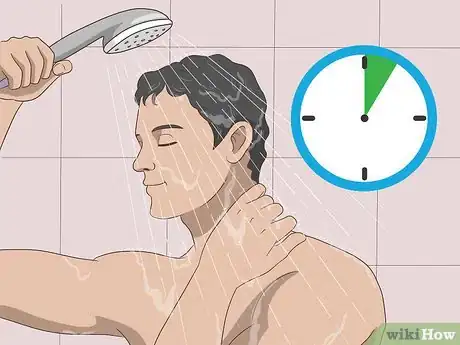
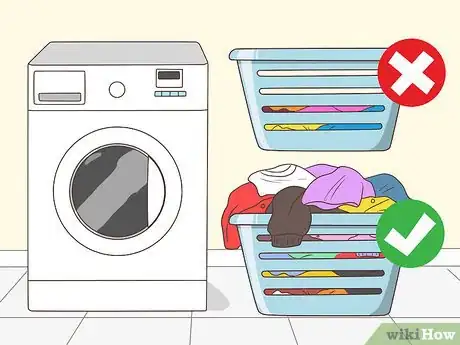
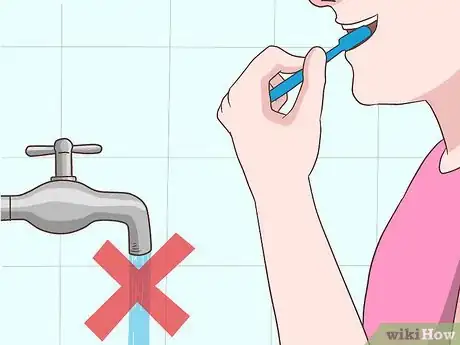
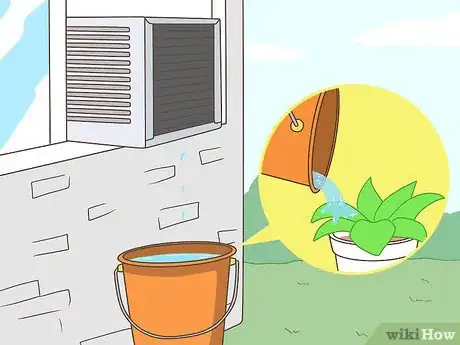
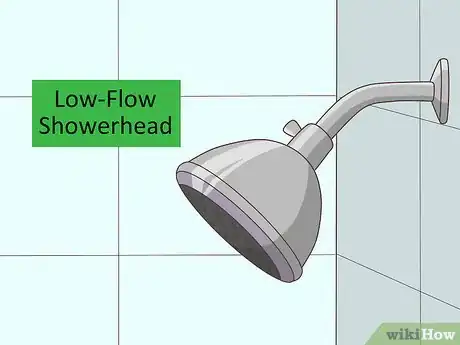
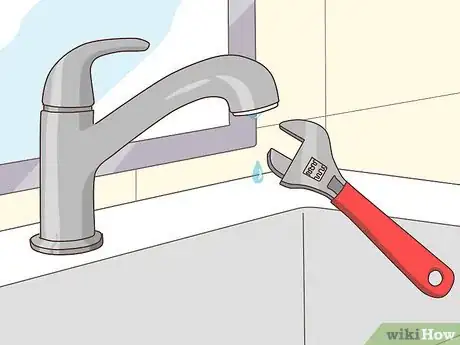
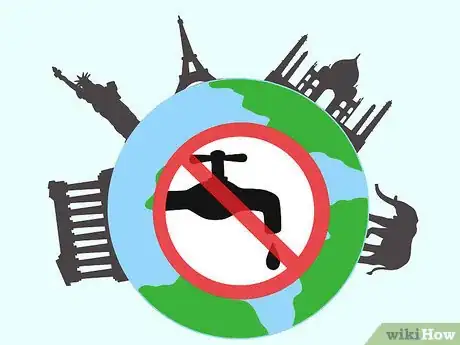
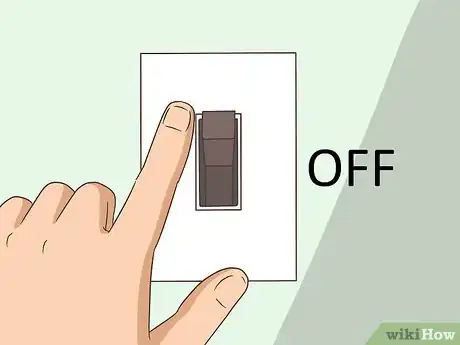
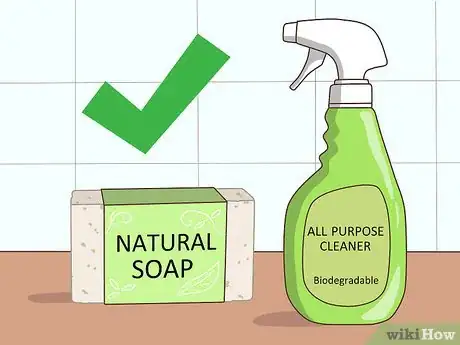
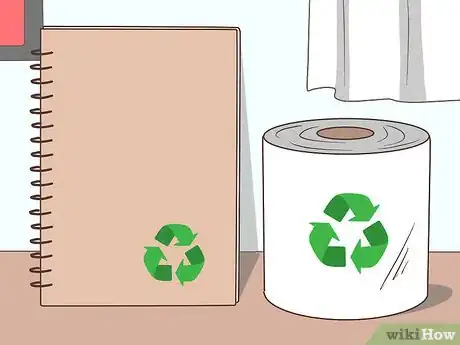
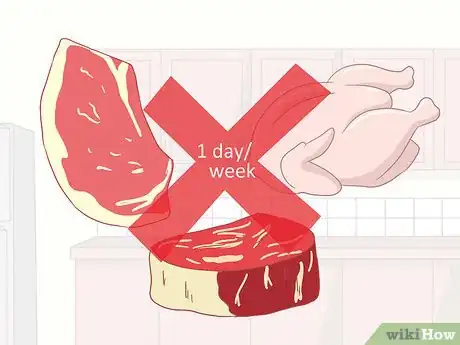
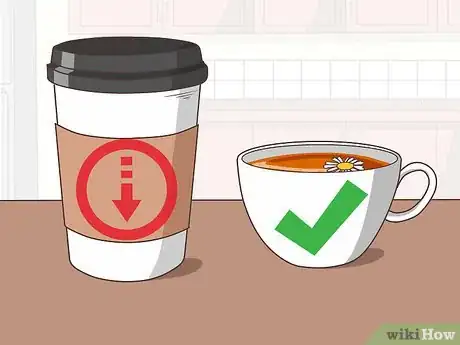
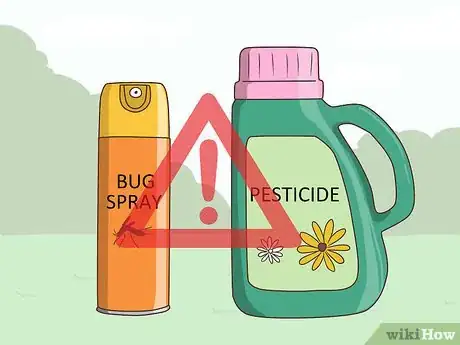
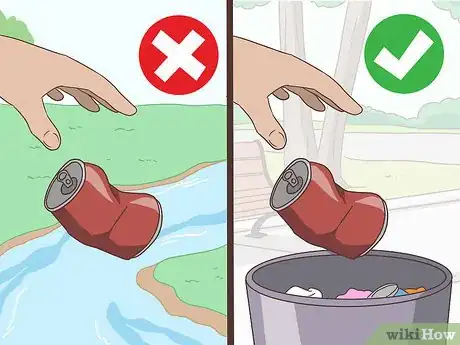

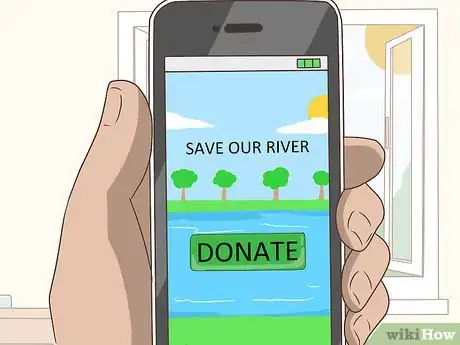
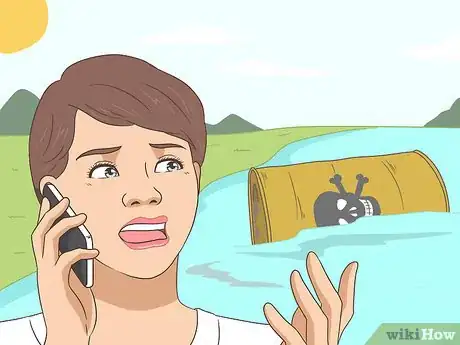
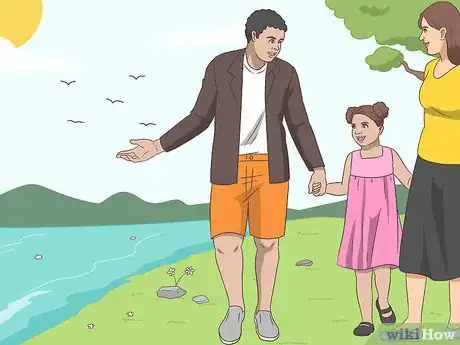
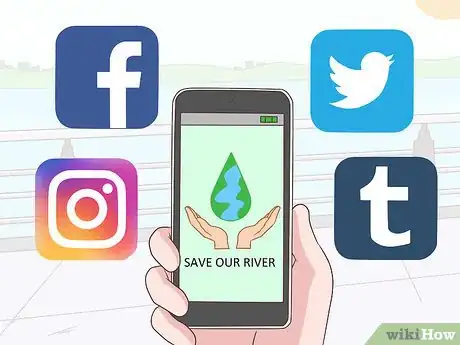
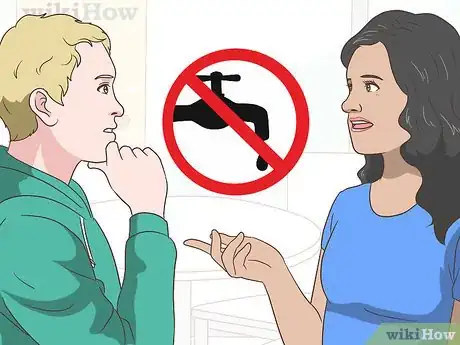
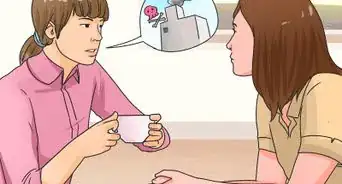

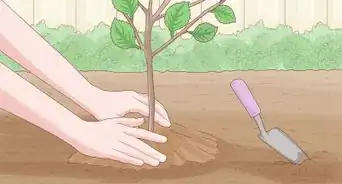
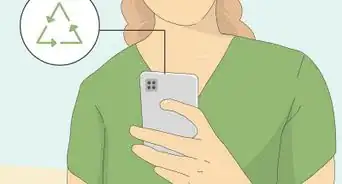


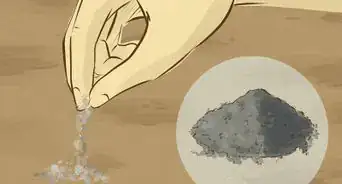
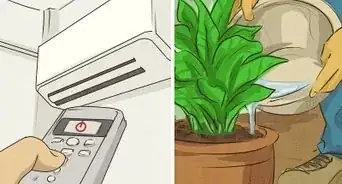
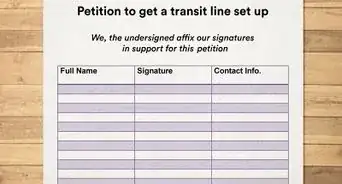
-Step-14-Version-6.webp)

